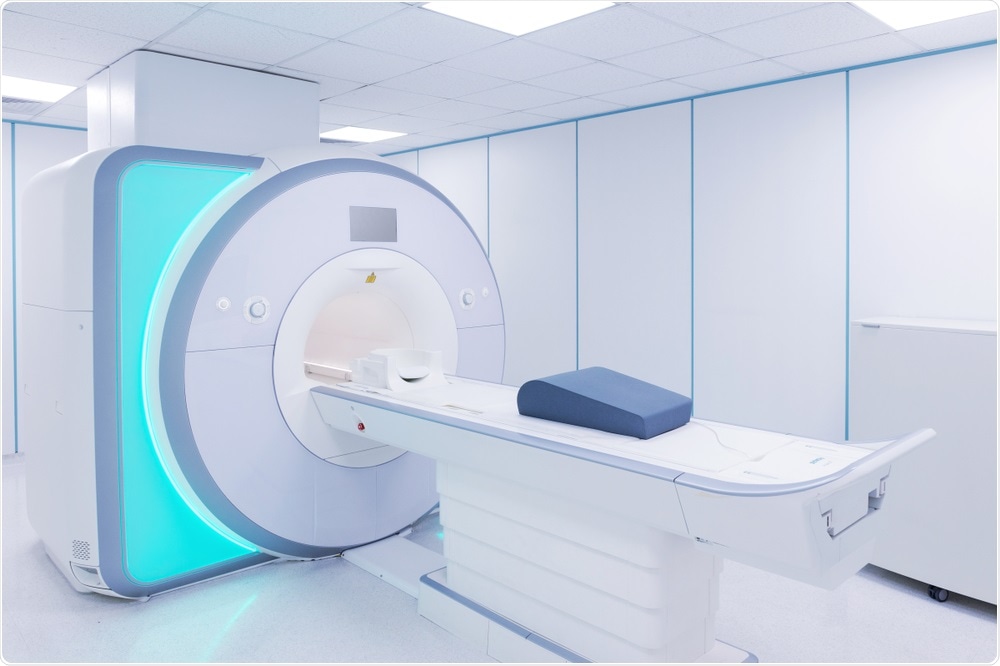Jul 31 2020
Imagion Biosystems Limited, a company dedicated to improving healthcare through the earlier detection of cancer, is pleased to share news of research published by collaborators from the University of Sydney demonstrating that Imagion’s iron oxide nanoparticles enable low-field magnetic resonance imaging, which could provide a significant advancement in medical imaging by reducing the cost and improving the accessibility of MRI.

Image Credit: KaliAntye/Shutterstock.com
This research reinforces the significance of the clinical and commercial opportunity for Imagion’s nanoparticles.
The work, published in Science Advances (17 Jul 2020, Vol 6, No 29) reports how a fundamental challenge that has hampered development of ultra-low field MRI (ULF MRI) can be overcome by the use of iron oxide nanoparticles, yielding high-contrast images without compromising acquisition sensitivity even when using ultra-low magnetic fields.
To-date the MRI contrast media field has been dominated by chelated agents, like gadolinium. However, use of gadolinium has come under scrutiny recently due to findings of neuro- and nephro-toxicity. This paper demonstrates that iron oxide nanoparticles provide better contrast than gadolinium in ULF_MRI.
Scientists from the University of Sydney collaborated with Dr. Matthew Rosen, Director of the Low-field MRI and Hyperpolarized Media Laboratory at Massachusetts General Hospital, in Boston. The publication can be found online using this link.
Lead author, Dr David Waddington, and colleagues from the University of Sydney under the direction of Dr. Zdenka Kuncic, had received an industry collaboration grant to investigate the utility of nanoparticles as a contrast agent for MRI. Imagion provides in-kind support, including the Company’s PrecisionMRX® nanoparticles which are routinely sold for research use.
Their work was featured in Imagion’s March 2019 newsletter. The newly published work highlights that their results could open a new pathway for clinical use of ULF MRI, and may “have broader implications for disease detection with low-field portable MRI scanners”.
This is very exciting science. It has long been known that iron oxide nanoparticles create contrast with magnetic resonance imagers.
We believe that work like that shown in this publication, along with our upcoming study to look at our MagSense nanoparticles for clinical detection of HER2 metastatic breast cancer, will pave the way to multiple commercial opportunities for Imagion and our nanoparticle technology.” Bob Proulx, Executive Chairman of Imagion Biosystems